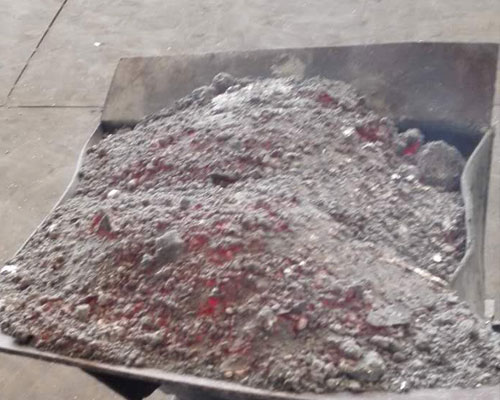Foundry flux slag removal ability is determined by the adsorption and dissolution of oxide inclusions in the melt and the chemical interaction between flux and melt.
The results show that the oxide inclusions are not wetted by molten aluminum, and the interfacial tension between them is large, while the flux is wetted to the oxide inclusions, the interfacial tension between them is small. The surface free energy of the system can be reduced after the flux adsorbs the oxide inclusions in the melt. Therefore, the foundry flux has the ability to automatically absorb the oxide inclusions, that is, the refining property of the foundry flux. This adsorption is the main reason for flux slag removal. Obviously, the smaller the interfacial tension between flux and non-metallic inclusions, and the larger the interfacial tension between flux and molten aluminum and between molten aluminum and non-metallic inclusions, the better the flux adsorption and the stronger the slag removal effect.
The dissolution of oxides by fluxes is determined by the nature of fluxes. Generally, when the molecular structure of flux is similar to that of some oxides, it can be miscible at a certain temperature. However, in the normal refining temperature range of aluminum melt, the amount of oxide dissolved in flux is very small.

When the gaseous product does not dissolve in aluminum, it will separate the oxide film from the metal oxide and transfer the oxide film into the flux. At the same time, the bubble also has the function of flotation slag removal. In addition, the bubbles formed in the process of flux dissociation can also remove some inclusions by flotation.
The degassing effect of flux is mainly manifested in three aspects: one is to remove part of the complex hydrogen absorbed by oxide inclusions with the removal of the complex. Second, the flux decomposes or interacts with the melt to form gaseous products for diffusion dehydrogenation. In addition, due to the dissolution of oxide film on the surface of melt, the diffusion of dissolved atomic hydrogen into the atmosphere becomes easier. However, the degassing effect of flux is limited, and its hydrogen content can only be reduced to 0.2-0.25ml/100gal under production conditions.

